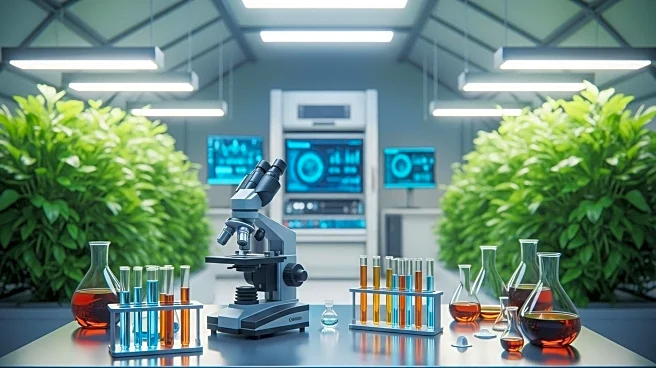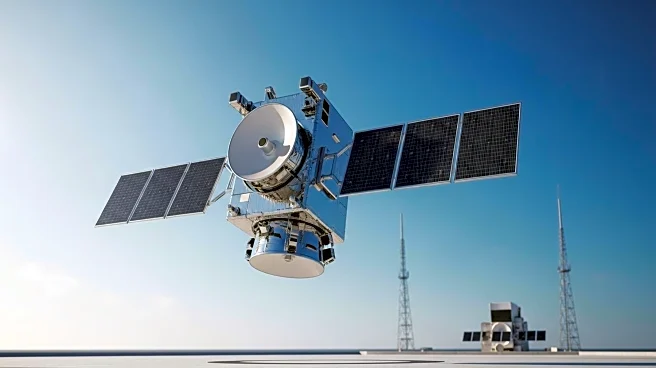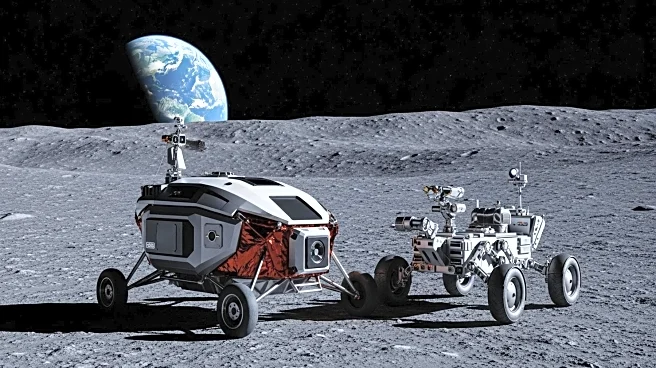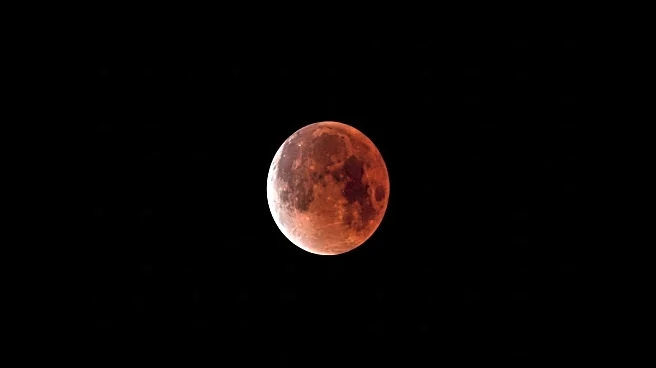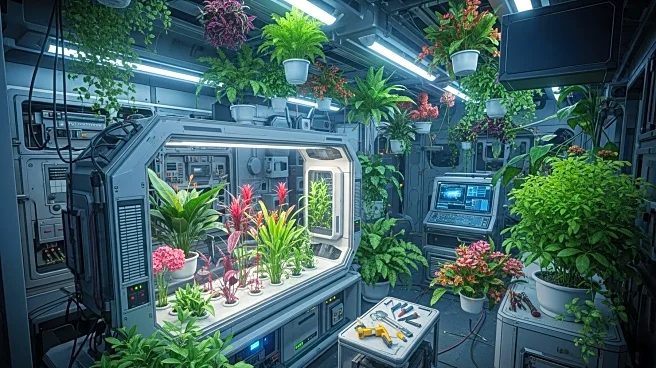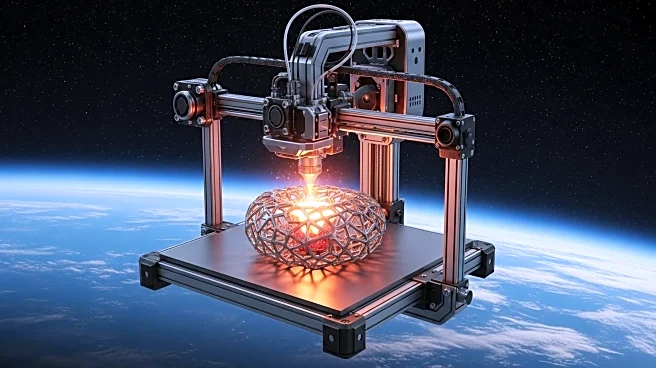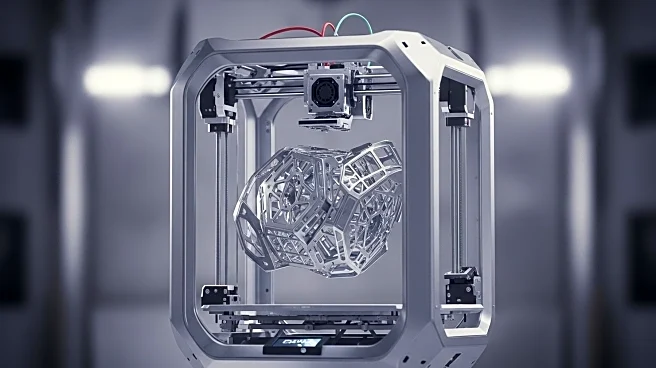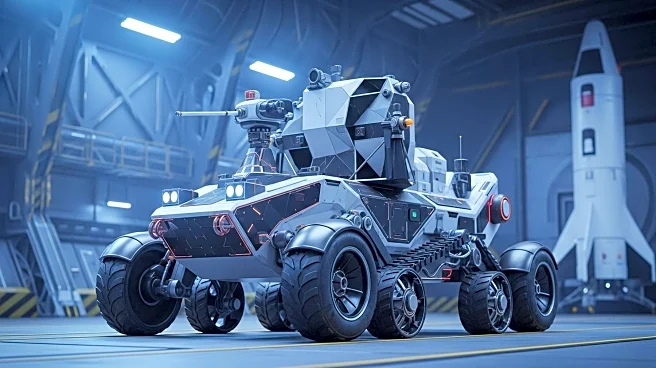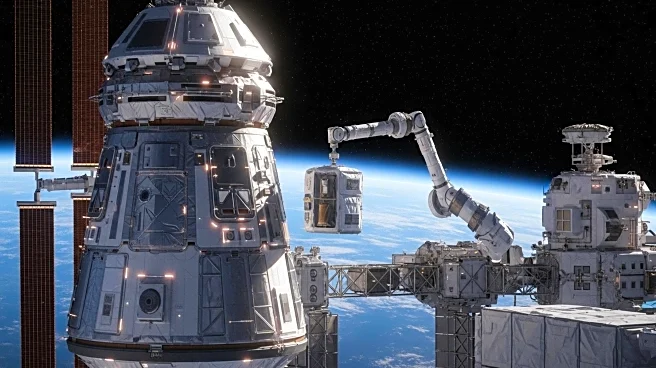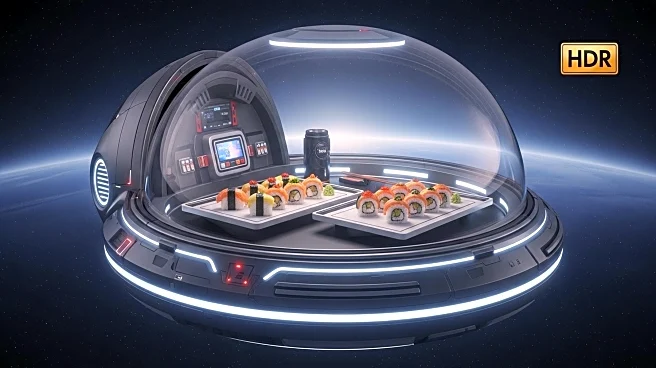What is the story about?
What's Happening?
NASA's Open Science Data Repository Analysis Working Groups are examining the nutritional quality of crops grown in space, focusing on lettuce cultivated on the International Space Station and Tiangong II. The study found that space-grown lettuce contains significantly less calcium and magnesium compared to Earth-grown lettuce, posing health challenges for astronauts. The research also identified issues such as disrupted calcium signaling and leaky gut syndrome in astronauts, which could affect nutrient absorption and bone health. The study suggests bioengineering crops to enrich them with necessary nutrients as a potential solution.
Why It's Important?
This research is crucial for future space missions, particularly those to the Moon and Mars, where astronauts will rely on space-grown food. Understanding and addressing nutritional deficiencies in space crops is vital for maintaining astronaut health and mission success. The findings could lead to advancements in bioengineering, potentially improving food security in space and contributing to the development of sustainable life support systems for long-duration missions.
What's Next?
The study proposes bioengineering crops to address nutrient deficiencies, which could involve developing plants enriched with calcium or therapeutic proteins. This approach may require collaboration between NASA and other scientific organizations to implement and test these solutions in space environments. Continued research and participation from citizen scientists in the OSDR-Analysis Working Groups will be essential in advancing space nutrition and ensuring the health of astronauts on future missions.
AI Generated Content
Do you find this article useful?
